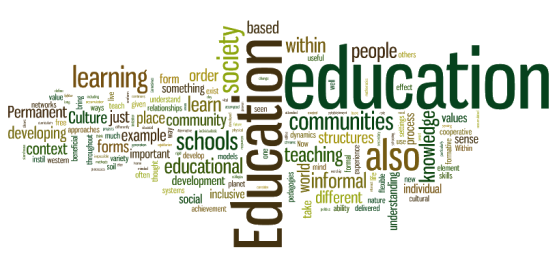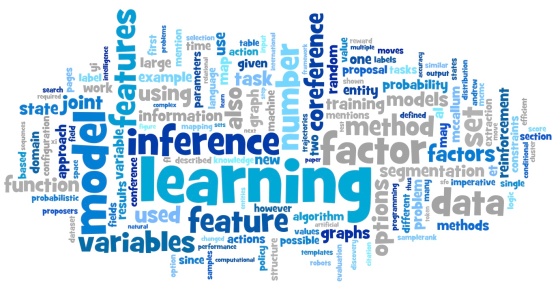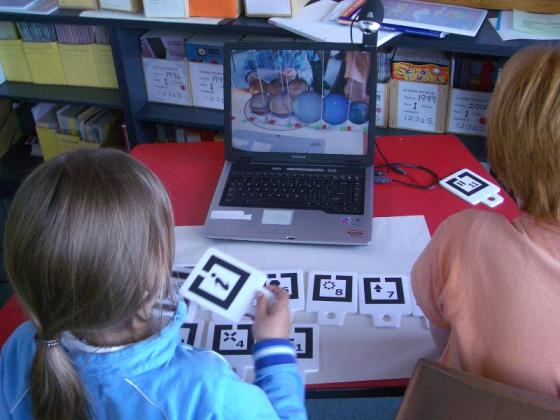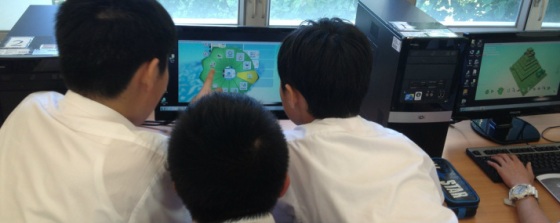Many researchers have described educational psychology as a procedure or practice of coaching, training, and erudition. In accomplishing this, teachers ought to have basic knowledge on individual desires and requirements of each and every learner. To ensure effective learning methods, there must be knowledge, understanding, and availability of mechanisms and instruments geared towards edification and better results in the learning process (Smith, 2007). An example of such mechanisms and equipments includes the use of technology in learning. Since the evolution of computers, technology has been incorporated in the process o f learning. According to Lewis and Bremmer (2005), studies done in the past have elucidated the fact that almost every household in the US owns an electronic device. In these studies, teenagers were proved to spend approximately a quarter of their day engrossed in either of the electronic devices such as mobile phones or computers.
In light of the importance of technology in learning, video games have been introduced in the learning process. This is attributed to the fact that video games have the ability to elevate enthusiasm and drive in learning. In playing video games, learners are challenged to complete various tasks and this depends on skill level of the player. Learners with high levels of skills are known to be more enthusiastic and hence perform better in tests (Guithrie, Victoria and Patrick, 2011). Computer games are known to be additive. Therefore, learners will tend to play a single game over and over again. This helps the player to gain more experience and consequently perform better in the game. These ideas can be extrapolated further in the classroom as through playing video games, learners are able to elevate their levels of motivation and self-belief. In addition, learners have gained various beneficial skills and abilities through playing video games. For instance, video game competitions involve a group of individuals playing together. This is teamwork and hence learners comprehend the importance of teamwork in learning. Learners are also able to develop their cognitive skills through playing video or computer games. Examples of these cognitive skills include decision making and analytical skills (Taylor, 2005).
Learners acquire knowledge through seeing and practising. Teachers have realised this fact and have adopted appropriate teaching and learning techniques that help learners grasp issues more effectively. As a result, the use of video games has been incorporated in the classroom as it has been proved to educe and bring forth attention, concentration, and curiosity in the learning process (Dale, 2008).
Other than the incorporation of video games in the process of learning, teachers have embraced the importance of social media in learning. Due to the ever advancing and changing technology, both learners and teachers have been able to socialise and interact through the social media. Some of the most widely used social media sites by the youths include facebook and twitter. According to Seaman and Tinti-Kane (2013), In the process of socialising, learners and teachers have been able to exchange ideas at the click of a button. In the modern world, almost every student in learning institutions especially in colleges and universities own a phone or laptop. Through these gadgets, they are able to communicate with each other through online chatting.
By accessing students’ updates in the social media, teachers, parents, and guardians are able to gauge the level of understanding of students in a particular field. In doing so, they have a chance to offer guidance to these learners. Recent studies have shown that a large percentage of learners have at various instances or occasions learnt new information or facts from other learners through the social media. Learners and teachers as well are involved in creating social groups on facebook and twitter through which academic related discussions are held. One advantage of the social media in learning is the fact that an individual is offered a chance to learn at the comfort of his/her home. Some learners may also find it difficult to concentrate in class. Such students may not necessarily be left out in learning as lecture notes and other relevant information can be uploaded through social media for all to see (Seaman and Tinti-Kane, 2013). When learners are advised and encouraged by their teachers to regularly update their feelings on particular subjects or topics on the social media, teachers can use this data to identify areas of weaknesses and take action expeditiously.
In relation to educational psychology, social media is considered a mechanism that enhances learning. However, the social media may be used to share irrelevant information and hence lead to a lot of time wastage. In some instances, the use of social media may distract learners and teachers. The use of social media and the internet in general have also contributed to cheating in learning. This is attributed to the fact that learners are able to easily access other people’s ideas via the internet and incorporate them in their academic projects or exams as their own (Wankel, Marovich and Stanaityte, 2011). This has led to many incidences of plagiarism and many learners have been penalised for it. Some learners do not bother paraphrasing other people’s ideas and this leads to laziness.
References
Dale, Y. (2008). Learning Theories: An Educational Perspective. Indianapolis: Pearson Education Publishing.
Guithrie, L., Victoria, M. & Patrick, P. (2011). Understanding and Applying Cognitive Development Theory: New Directions for Student Services. Pittsburgh: John Wiley & Sons.
Lewis, C. & Bremner, G. (2005). Development psychology: Perceptual and Cognitive Development. New York: SAGE Publications.
Seaman, J & Tinti-Kane, H. (2013). Social Media for Teaching and Learning. Babson Survey Research Group and Pearson Learning Solutions. Retrieved from http://www.pearsonlearningsolutions.com/higher-education/social-media-survey.php
Smith, H. A. (2007). Teaching Adolescents: Educational Psychology As A Science Of Signs. Toronto: University Of Toronto Press.
Taylor, M. L. (2005). Introducing cognitive development. London: Psychology Press.
Wankel, C., Marovich, M., & Stanaityte, J. (Eds.). (2011). Teaching arts and science with the new social media (Vol. 3). Emerald Group Publishing.






























